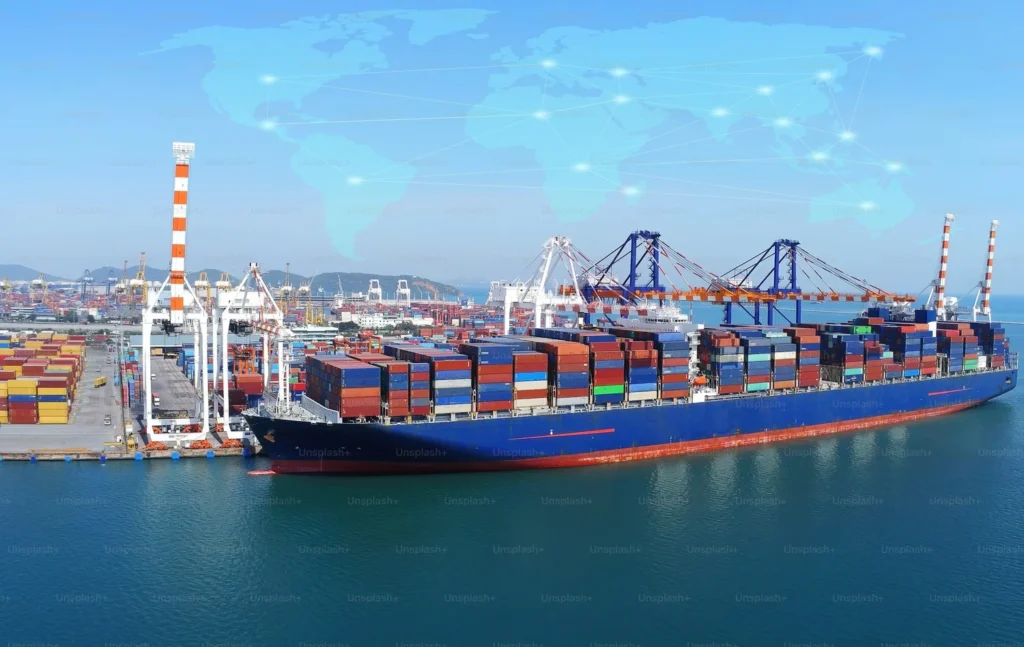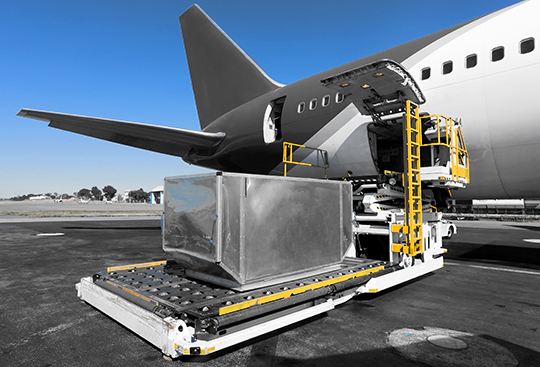- By Della tj
- October 28, 2025
- Customs Brokerage, Shipping
When importing goods, the best customs clearance from Shenzhen to Canada ensures fast processing, cost transparency, and smooth delivery. Many importers face delays, penalties, or miscommunication. This guide explains how to achieve efficient clearance and maintain steady supply chains from China to Canada.
What Is Customs Clearance Between Shenzhen and Canada?
Essentially, customs clearance is the process that allows goods to legally enter Canada after export from China. It involves completing import documents, paying duties, and meeting inspection requirements.
Importers must prepare a bill of lading, commercial invoice, and packing list, which are verified by Canadian customs authorities before goods can be released. Shenzhen, as China’s logistics hub, processes thousands of export declarations daily, especially to key destinations like Vancouver, Toronto, and Montreal.
| Required Customs Documents | Description |
|---|---|
| Commercial Invoice | Lists goods’ details and declared value |
| Packing List | Specifies weight, volume, and carton details |
| Bill of Lading | Transport contract between shipper and carrier |
| Import License (if required) | Needed for restricted goods |
| Certificate of Origin | Confirms manufacturing location |
How Does Shenzhen Support Efficient Customs Clearance?
Shenzhen’s logistics ecosystem is designed for high-speed clearance. The city integrates smart customs systems, bonded warehouses, and advanced port technologies. Additionally, major shipping terminals like Yantian Port and Shekou Port operate 24/7, enabling faster documentation and inspection.
Moreover, customs brokers in Shenzhen coordinate directly with Canadian importers to ensure proper HS coding, accurate valuation, and reduced inspection risks. In many cases, pre-clearance arrangements shorten cargo release time to under 48 hours.
Why Choose Professional Customs Brokers for Canada Imports?
Working with a professional broker saves time and avoids financial risks. Canadian import regulations can be complex, especially for electronics, food items, and medical equipment.
Brokers handle tariff classification, ensure correct documentation, and communicate with both China Customs and the Canada Border Services Agency (CBSA). On the other hand, self-filing can lead to costly mistakes, especially with inaccurate duties or missing declarations.
| Customs Option | Processing Time | Risk of Delay | Typical Cost |
|---|---|---|---|
| Professional Broker | 1–2 days | Low | $80–$200 per shipment |
| Self-Managed | 3–6 days | High | Variable (potential penalties) |
What Are the Shipping Methods for Shenzhen–Canada Trade?
Importers can choose among sea freight, air freight, or rail freight via intermediary hubs. Each method impacts customs speed, cost, and transit duration.
| Method | Transit Time | Average Cost (per CBM) | Key Advantage | Limitation |
|---|---|---|---|---|
| Sea Freight | 20–30 days | $35–$55 | Cost-effective for bulk cargo | Slower transit |
| Air Freight | 4–7 days | $5–$8/kg | Fastest clearance and delivery | Higher cost |
| Rail Freight | 15–20 days | $120–$160/CBM | Balanced speed and cost | Limited routes |
Real Case Studies of Successful Customs Clearance
Case 1: Electronics Shipment to Vancouver
Route: Shenzhen → Vancouver
Goods: Laptops and smart devices (3.5 CBM)
Mode: Air freight
Cost: $2,450 total
Time: 5 days door-to-door
Result: Cleared in 36 hours with zero inspection delay.
Case 2: Furniture Cargo to Montreal
Route: Shenzhen → Montreal
Goods: Wooden furniture (LCL shipment, 8.2 CBM)
Mode: Sea freight
Cost: $980 total
Time: 25 days
Result: Released within 2 days of arrival, saving $300 on warehousing.
What Factors Affect Customs Clearance Time?
Several variables influence how quickly your shipment clears customs:
- Cargo type and HS code accuracy
- Declared value consistency
- Inspection rate and documentation completeness
- Seasonal peak periods (e.g., before holidays)
However, pre-submitting all documents electronically can reduce clearance delays by 40%. Additionally, selecting a freight forwarder who offers door-to-door customs service ensures synchronized handling between both countries.
How to Reduce Shipping and Clearance Costs?
Companies can cut expenses without compromising reliability by following these strategies:
- Consolidate shipments to lower per-unit freight cost.
- Negotiate annual contracts with logistics providers.
- Classify goods correctly to avoid excess duties.
- Use bonded warehouses in Shenzhen to defer export taxes.
- Plan ahead to prevent rush surcharges or demurrage.
| Cost Reduction Method | Estimated Savings |
|---|---|
| Shipment consolidation | 10–15% |
| Broker-assisted classification | 5–8% |
| Advanced scheduling | 7–12% |
| Bonded storage usage | Up to 10% |
How to Select the Best Customs Clearance Partner?
The best customs clearance partner should demonstrate:
- Experience with China–Canada trade
- Transparent pricing and full cost breakdowns
- Digital tracking systems for document status
- Proven record of zero-penalty clearance history
Without a doubt, communication is key. An ideal partner provides bilingual support, real-time updates, and proactive problem-solving when documentation issues occur.
Conclusion
In summary, the best customs clearance from Shenzhen to Canada combines expert documentation, trusted logistics coordination, and proactive communication. Reliable brokers not only reduce inspection risks but also optimize duties, leading to faster, smoother imports. By leveraging Shenzhen’s logistics strength and aligning with experienced partners, importers can secure efficiency, compliance, and competitive advantage in the global market.
- Consult TJ China Freight Forwarding for the lowest quote. They will provide you with reliable, cost-effective service.
FAQ:
Q1.How long does customs clearance from Shenzhen to Canada usually take?
Typically, customs clearance takes 1–3 days when documents are complete and pre-submitted through licensed customs brokers.
Q2.What documents are mandatory for China–Canada customs clearance?
A commercial invoice, packing list, bill of lading, and certificate of origin are required for all general cargo shipments.
Q3.Can I combine air freight and sea freight in one shipment?
Yes, multimodal shipping allows combining sea and air to balance speed, cost, and customs convenience.
Q4.How can I avoid extra customs inspection fees in Canada?
Ensure proper HS code classification, accurate valuation, and consistent documentation to reduce inspection risks.
Q5.What is the most cost-effective method for large shipments?
Sea freight is usually the best choice for large shipments due to lower per-unit costs and stable customs processing.




